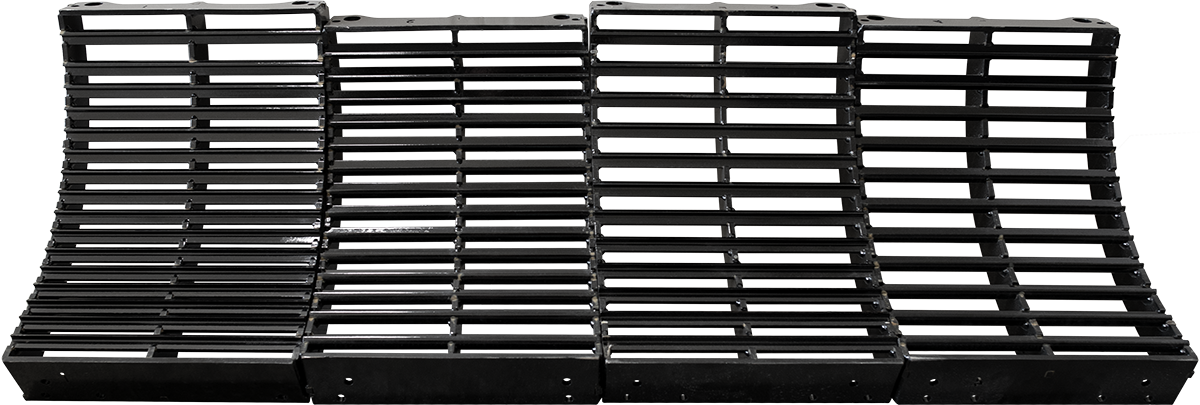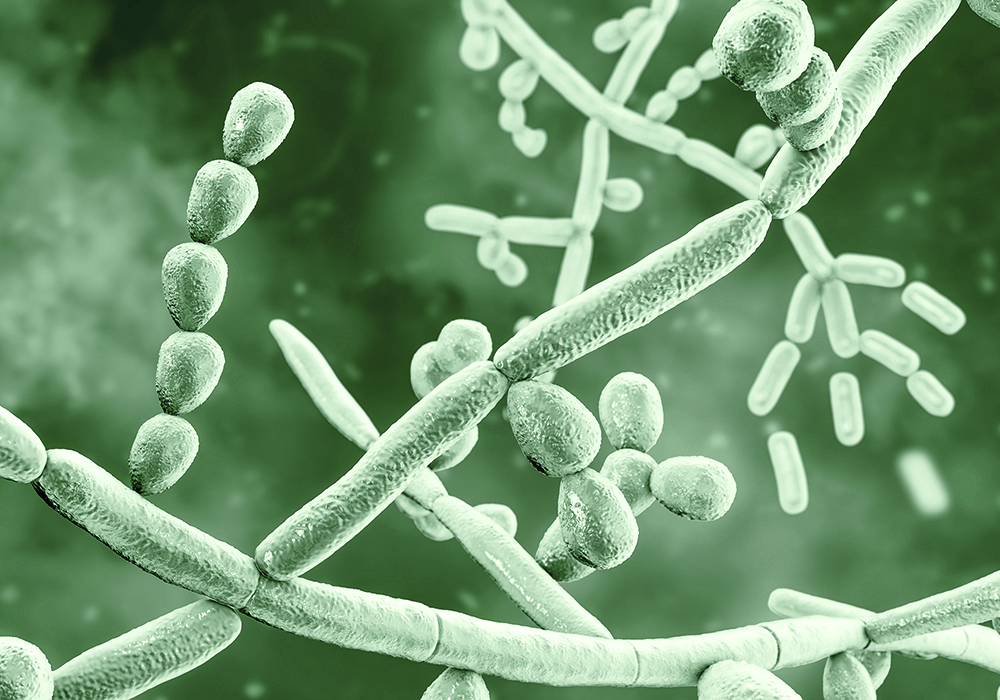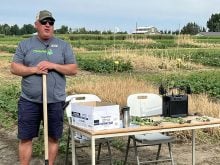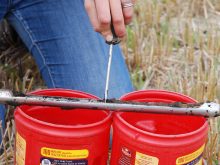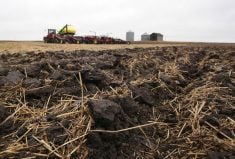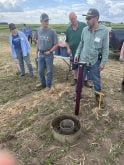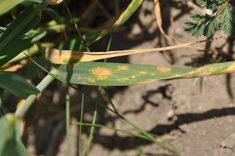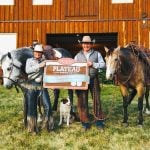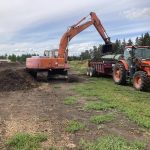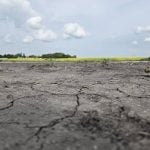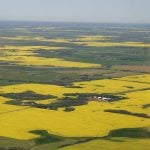WINNIPEG — It’s impossible to know for certain, but the average human may have 30 to 100 trillion bacteria in their gut.
That’s a big number. However, soil also contains a gigantic amount of bacteria and microbes. A one kilogram bag of soil could contain 100 trillion bacteria and other micro-organisms.
The number of bacteria in humans and a bag of soil may be similar, but the variety of bacteria in the soil is definitely more complex.
Read Also

AI expected to make itself felt in food systems
Artificial intelligence is already transforming the food we eat, how farmers produce it and how it reaches the consumer, experts say
“Our (human) microbiome is so much simpler than the soil…. The diversity is much higher in (the soil),” said Micaela Tosi, a University of Guelph research associate who specializes in the micro-organisms that live in soil.
Tosi is an expert in micro-organisms and their influence on soil health, plant growth and ecosystem functioning.
She has authored or co-authored several papers on the massive community of organisms that live in soil and how they can be manipulated to improve crop production.
Studying the microbes in the soil, often described as the soil microbiome, has become a massive field within agricultural research.
Scientists such as Tosi have made progress over the last decade and they now have a better understanding of the “bugs” in the soil.
But there’s a long way to go.
“I think there’s a lot of potential … we are climbing the wave,” she said.
One of her papers was published in the Canadian Journal of Microbiology in 2020. It came with a wordy title: It takes three to tango: the importance of microbes, host plant, and soil management to elucidate manipulation strategies for the plant microbiome.
Scientists may have gained knowledge of soil micro-organisms, but turning that knowledge into solutions is not easy, she wrote.
“Translating this … into practical agricultural technologies is challenged by the intrinsic complexity of agro-ecosystems.”
The most popular solution, so far, is to add a species of bacteria to the soil and hope it performs like it did in the lab or the greenhouse.
Sometimes the microbe will function in the field, maybe helping the crop access more phosphorus.
But many times, it does not.
“The products that focus on addition of microbes into the (soil) system tend to have inconsistent results,” said Maggie Wagner, a plant scientist and soil microbiology expert from the University of Kansas.
The basic obstacle is the “resident” population of micro-organisms, Tosi said. They will outcompete the new microbe for food and resources.
“Basically, it’s not adapted to the … soil you’re putting it in.”
When scientists such as Tosi discuss altering or manipulating the soil microbiome, one idea that comes up is customized inoculants.
The community of microbes will vary from field to field, depending on soil type and geography. In southern Ontario, for instance, there could be significant differences in the soil microbes from Guelph to Chatham in the southwest.
So, maybe what’s needed is a biological product that’s designed for a region or possibly for an individual farm.
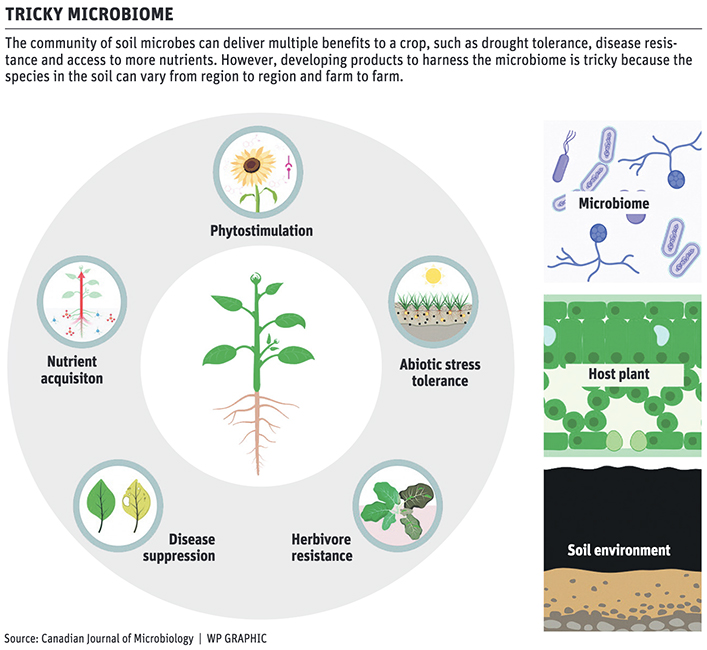
“That’s kind of the question — do we go fully customized, or should we try to make solutions that can be applied in different environments, and can we do that?” Tosi said.
“They’re talking about relating this (to) precision agriculture, eventually…. You have a map of that (variability) and see if we can treat soils in a more targeted way.”
Such an approach seems highly complex, but some European companies are already moving in that direction.
Biomcare from Denmark will analyze the microbes living in an individual field for a fee.
It uses technology that can detect thousands of species of bacteria and fungi and then provide a profile of the microbiome in the soil.
“The composition (of microbes) differs depending on factors such as pH, water content, fertilization and crop type,” says the Biomcare website.
“Characterizing and modifying the beneficial microbes found in soil and on plants presents a promising strategy to optimize plant growth and health.”
A 12-page list of bacteria and fungi that exist under your feet may not be helpful because experts don’t understand what most species do in the soil.
However, some scientists, including Tosi, have realized that certain bacterium are especially important.
There can be “keystone” microbes in the soil. If that species is present, then the microbiome is more likely to benefit the crop.
“When present, it kind of affects the whole community. If it is there, a lot of other (microbes) are (also) there,” she said.
“Removing it (the keystone) from the community causes major changes.”
In her 2020 paper, Tosi argues that harnessing the diversity of microbes in the soil may require a diverse strategy, perhaps a combination of agricultural practices, plant genetics and altering the microbes in the soil.
If farmers follow management practices such as reduced tillage and a diverse crop rotation, it can create soil conditions where beneficial micro-organisms will thrive in the soil.
As well, it may be possible to breed crops that work in synergy with the bacteria, fungi and other microbes in the soil.
“The ultimate goal should be the development of new cultivars that harbour healthier microbiomes … and are more resistant to biotic and abiotic stresses,” Tosi wrote.
Finally, customizing the microbes for an individual farm or field is interesting, but it’s hard to imagine how that would work at scale. The cost of research and development needed to create a commercial product can be immense, so companies want one product that can be applied to millions of acres, not thousands of acres.
Still, in the era of big data and artificial intelligence, it’s possible that corporate and public scientists will figure this out.
“We’re getting much, much better at studying this (the soil microbiome),” Tosi said, adding when she started 20 years ago, she mostly studied the function of individual microbes in the lab.
“Now, we’re all like data analysts. We mostly just work with numbers and graphs.”

